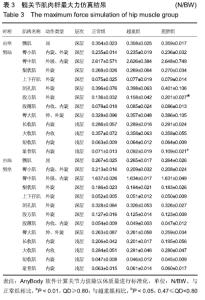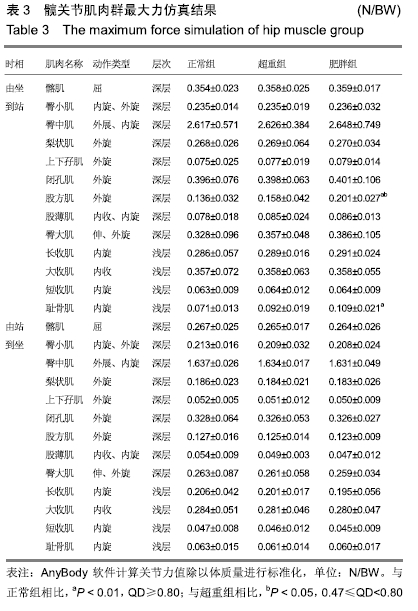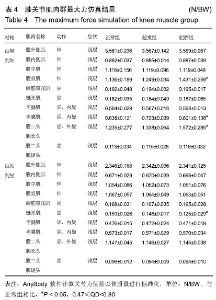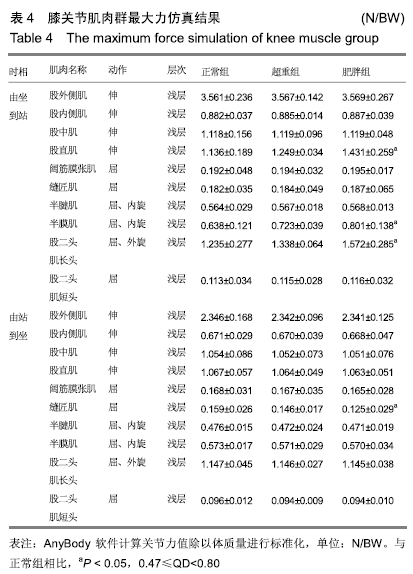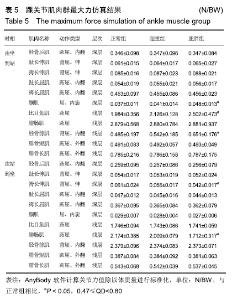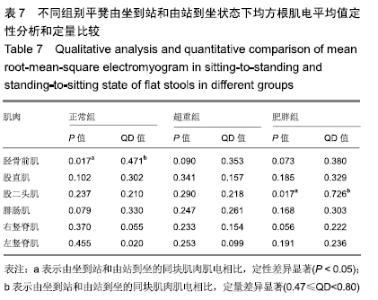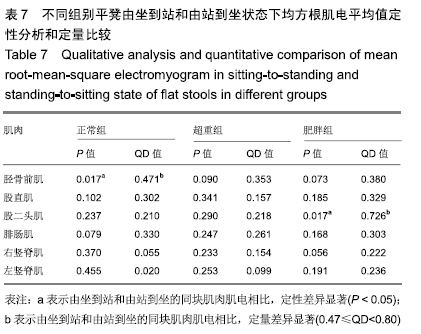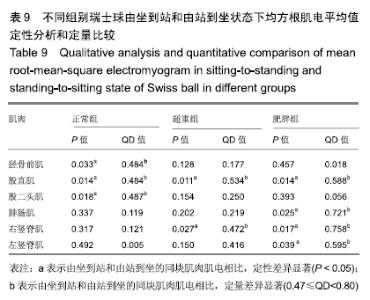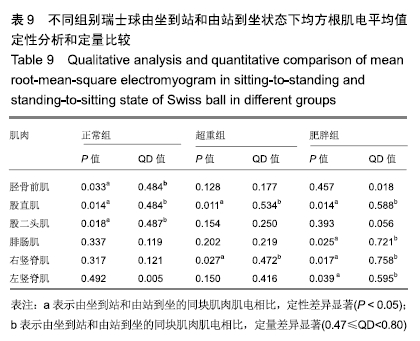[1] 杨文学.瑞土球训练对男子短跑运动员功能性力量和专项成绩的影响[J].北京体育大学学报,2013,11(5):130-133.
[2] SEKENDIZ B1, CUĞ M, KORKUSUZ F.Effects of Swiss-ball core strength training on strength, endurance, flexibility, and balance in sedentary women.J Strength Cond Res. 2010;24(11):3032-3040.
[3] MARSHALL PW, DESAI I.Electromyographic analysis of upper body, lower body, and abdominal muscles during advanced Swiss ball exercises.J Strength Cond Res. 2010;24(6):1537-1545.
[4] 熊强.瑞士球训练对大学生足球运动员核心爆发力的影响研究[J].广州体育学院学报,2011,31(4):93-98.
[5] 胡斌,吴飞,田丹丹,等. 24种瑞士球练习对腰部竖脊肌和多裂肌激活程度的影响[J].中国运动医学杂志,2010,29(5):525-529.
[6] URIBE BP, COBURN JW, BROWN LE, et al.Muscle activation when performing the chest press and shoulder press on a stable bench vs. a Swiss ball. J Strength Cond Res. 2010;24(4):1028-1033.
[7] 张苗,陈晋,甘亚楠,等.四种常用成年人肥胖评价标准的诊断价值研究[J].中国全科医学,2017,20(22):2732-2738.
[8] 张子华,纪仲秋,姜桂萍,等.不同年龄段及体重指数老年人身体平衡能力比较[J].中国老年学杂志,2019,11(8):1884-1887.
[9] 中华人民共和国卫生和计划生育委员会.成人体重判定:WS/T 428—2013[S].北京:中国标准出版社,2013.
[10] 樊勇,王素芳,盛杰,等.2016年六安市老年人腰围、腰臀比、腰高比与高甘油三酯血症的关联性[J].卫生研究, 2018,47(5):770-775.
[11] 刘承宜,朱玲,李方晖,等.自相似常数和定量差异及其在体育科学中的应用[J].体育学刊,2017,24(6):72-78.
[12] WEST BJ.Fractal physiology and the fractional calculus: a perspective. Front Physiol. 2010;1:12.
[13] LIU TC, LIU G, HU SJ, et al.Quantitative Biology of Exercise- Induced Signal Transduction Pathways.Adv Exp Med Biol. 2017;977:419-424.
[14] SUN S, HU C, PAN J, et al.Trait Mindfulness Is Associated With the Self-Similarity of Heart Rate Variability.Front Psychol. 2019;10:314.
[15] 刘承宜,胡少娟,李晓云,等.定量差异及其在体育科学中的应用[J].体育学刊,2016,23(1):11-17.
[16] 刘承宜,朱玲,张全光,等.慢性膝关节疼痛针刺治疗的自相似再分析[J].中国激光医学杂志,2018,27(2):70.
[17] LIU X, WANG S, CHANG S, et al.Effect of brief mindfulness intervention on tolerance and distress of pain induced by cold-pressor task.Stress Health. 2013;29(3):199-204.
[18] 刘承宜,李云奇,顾瑛.去势雌性大鼠骨质疏松症紫外线治疗的自相似再分析[J].中国激光医学杂志,2018,45(1):65.
[19] 孙莎莎,李小兵,李宝山,等.正念维持适应的机制:来自心率变异性自相似的初步证据[J].心理学报,2018,50(12):1413-1427.
[20] 刘耀荣.瑞士球训练为中心的组合力量训练与传统阻力训练对人体平衡能力作用的比较[J].中国运动医学杂志, 2012,31(10):892-897.
[21] COMFORT P, PEARSON SJ, MATHER D.An electromyographical comparison of trunk muscle activity during isometric trunk and dynamic strengthening exercises.J Strength Cond Res. 2011; 25(1):149-154.
[22] 靳俊,郁磊,靳祯.不同强度有氧运动下糖尿病患者血糖代谢模型仿真研究[J].生物医学工程学杂志,2019,36(2):274-280.
[23] 鲍克秀,杨忠秀,李之林,等.磁刺激神经调控治疗促进脑性瘫痪患儿核心肌群稳定性康复的应用研究[J].中国全科医学, 2018,21(26): 3246-3250.
[24] 徐亮,马明,赵祥虎,等.核心肌群稳定性训练对髌股关节疼痛综合征的疗效观察[J].中国康复医学杂志, 2018,33(11):1314-1317.
[25] BEHM DG, LEONARD AM, YOUNG WB, et al.Trunk muscle electromyographic activity with unstable and unilateral exercises.J Strength Cond Res. 2005;19(1):193-201.
[26] 牛严君,乔玉成.核心力量训练效果的系统评价[J].首都体育学院学报, 2018,30(4):352-361.
[27] VERA-GARCIA FJ, GRENIER SG, MCGILL SM.Abdominal muscle response during curl-ups on both stable and labile surfaces. Phys Ther. 2000;80(6):564-569.
[28] 王雪强,戴敏辉,冯颜,等.核心稳定性训练用于慢性腰椎间盘突出症的疗效观察[J].中国康复医学杂志,2010,25(8):756-759.
[29] 郭湄.核心稳定性训练对非特异性腰痛疗效的影响[J].中国康复医学杂志,2016,31(1):88-90.
|
